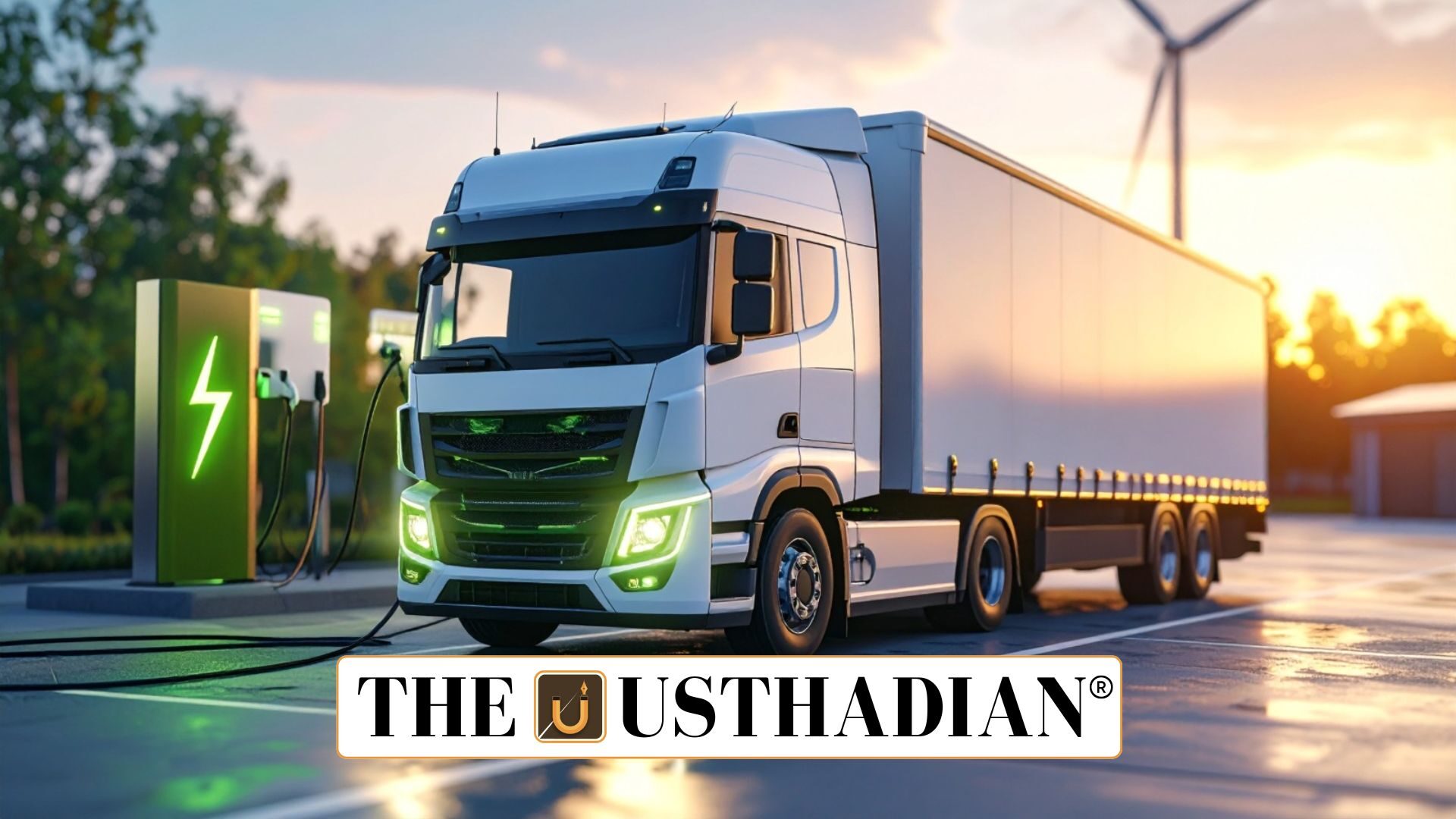India enters electric trucking era
India’s Bold Push for Electric Freight Transport: India has launched its first dedicated incentive scheme for electric trucks under the PM E-DRIVE initiative. This marks a historic shift towards clean freight movement. The scheme offers a financial support of up to ₹9.6 lakh per vehicle, pushing India closer to its net-zero emissions target by 2070.
Why this scheme matters
Though diesel trucks form just 3% of total vehicles, they account for 42% of transport-related greenhouse emissions. The electric truck scheme directly addresses this imbalance. Backed by Prime Minister Narendra Modi, the plan is part of a broader strategy to build a Viksit Bharat by 2047.
Static GK fact: India committed to achieving net-zero carbon emissions by 2070 at COP26, Glasgow.
Scheme specifics and eligibility
The government has earmarked ₹500 crore for electric trucks under the ₹10,900 crore PM E-DRIVE budget. Incentives are available for up to 5,600 electric trucks. The highest subsidy—₹9.6 lakh—is provided as an upfront discount via OEMs. However, buyers must first scrap their old, polluting trucks to qualify.
The scheme applies to N2 and N3 truck categories, covering gross weights between 3.5 to 55 tonnes. This ensures that both medium and heavy freight segments benefit.
Local focus and warranty rules
To promote Make in India, the scheme mandates a phased manufacturing programme restricting imports. OEMs must ensure 5-year or 5 lakh km warranties for batteries and 5-year or 2.5 lakh km warranties for vehicles and motors.
Static GK Tip: The Make in India initiative was launched in 2014 to encourage domestic manufacturing across sectors.
Industry response and expected benefits
Industries such as ports, cement, steel, and logistics are the primary focus. For example, SAIL (Steel Authority of India Ltd) aims to procure 150 electric trucks within two years and transition 15% of its hired fleet to electric.
Delhi is expected to see a sharp air quality improvement with a target of 1,100 electric trucks in the city. Besides environmental gains, the shift is also projected to reduce logistics costs and generate green jobs.
Integration with broader EV push
The scheme builds on earlier success. PM E-DRIVE has already exceeded targets in the electric two-wheeler and three-wheeler segments. It also includes tenders for 10,900 electric buses and electric ambulances, with safety protocols being jointly developed by the Health and Transport Ministries.
Static GK fact: The FAME-II scheme, another EV initiative, was launched in 2019 to subsidize electric mobility in India.
Moving ahead with clean mobility
The government urges all stakeholders—transporters, OEMs, and industries—to take part. This push strengthens India’s electric vehicle ecosystem, encourages domestic innovation, and ensures progress towards a cleaner, greener logistics sector.
Static Usthadian Current Affairs Table
India’s Bold Push for Electric Freight Transport:
| Topic | Detail |
| Scheme Name | Electric Truck Incentive Scheme under PM E-DRIVE |
| Launch Date | July 12, 2025 |
| Max Subsidy | ₹9.6 lakh per vehicle |
| Budget Allocation | ₹500 crore (from ₹10,900 crore total PM E-DRIVE budget) |
| Targeted Vehicles | N2 & N3 category (3.5 – 55 tonnes) |
| Eligibility | Scrapping of old trucks required |
| Warranty Terms | 5 years/5 lakh km for batteries; 5 years/2.5 lakh km for vehicles |
| Key Industry Beneficiaries | Ports, logistics, cement, steel |
| Notable Example | SAIL plans 150 e-trucks in 2 years |
| National Goal | Net-zero emissions by 2070 |








